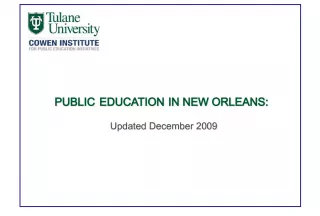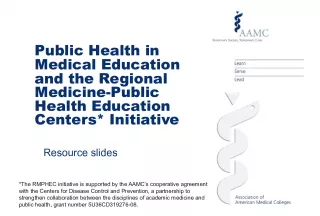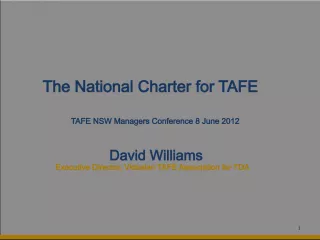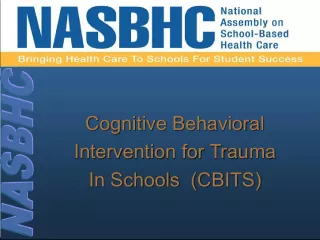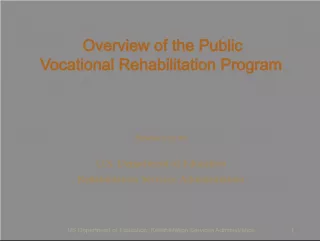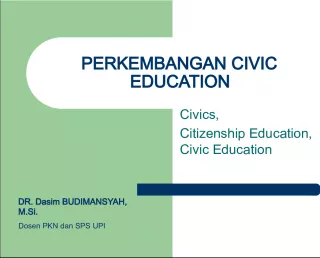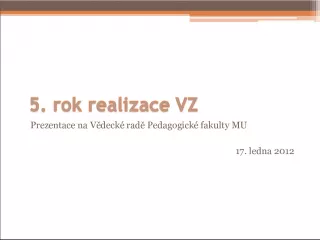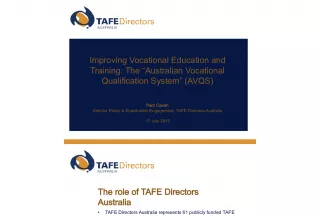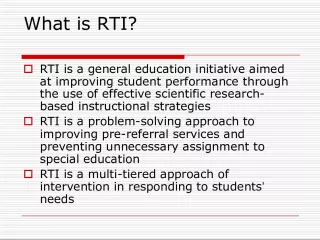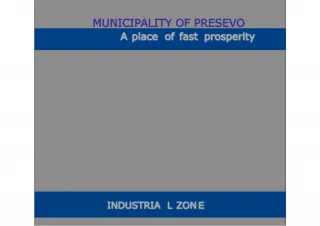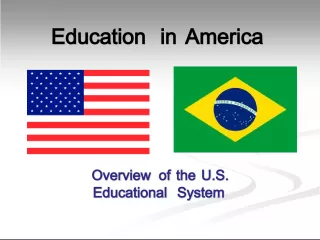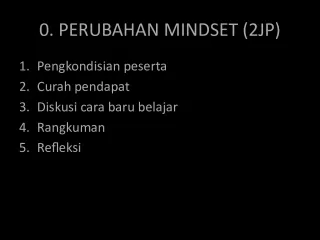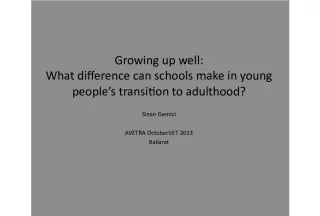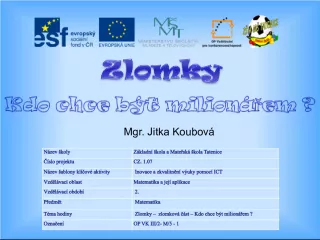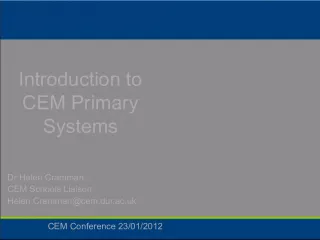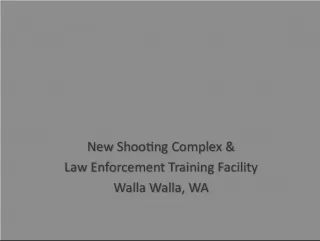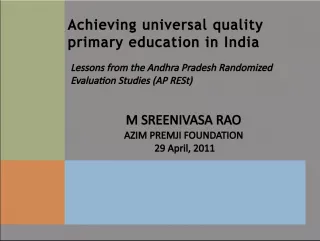Public Charter Schools: A Tool for Improving Education in Alabama


This article discusses the basics of public charter schools, their numbers and locations, students served, and effectiveness. It also addresses myths and facts surrounding public charter schools.
- Uploaded on | 0 Views
-
 williefeest
williefeest
About Public Charter Schools: A Tool for Improving Education in Alabama
PowerPoint presentation about 'Public Charter Schools: A Tool for Improving Education in Alabama'. This presentation describes the topic on This article discusses the basics of public charter schools, their numbers and locations, students served, and effectiveness. It also addresses myths and facts surrounding public charter schools.. The key topics included in this slideshow are public charter schools, education, Alabama, effectiveness, myths, facts,. Download this presentation absolutely free.
Presentation Transcript
1. PUBLIC CHARTER SCHOOLS January 26, 2012 Thomas Rains (334)279-1886 thomas@aplusala.org www.aplusala.org
2. A+ on Public Charter Schools A+ views public charter schools as a tool to help improve Alabama s public education system. Public charter schools are not for everyone. There is no silver bullet to solving every problem in Alabama s educational system. January 26, 2012 Baldwin County League of Women Voters 2
3. Overview Public Charter School Basics Public Charter Schools By the Numbers Locations Students served Opening and Operating Public Charter Schools Effectiveness Public Charter School Myths vs. Facts January 26, 2012 Baldwin County League of Women Voters 3
4. Public Charter Schools 1 Charter schools are public schools that are free to be more innovative and are held accountable for improved student achievement. Charter schools cannot charge tuition, teach religion, or have admission requirements. 1 Information and data from the National Alliance for Public Charter Schools and state departments of education, unless otherwise noted. January 26, 2012 Baldwin County League of Women Voters 4
5. Public Charter Schools January 26, 2012 Baldwin County League of Women Voters 5 Flexibility: Charter schools are free to make timely decisions about things like curricula development, school-day structure, and teacher hiring to meet students needs. Accountability: Charter schools operate with multi- tiered accountability to parents, to authorizers, and to the state that leads to quality schools and achievement.
6. Public Charter Schools Choice: Parents select the charter school their child attends. Teachers choose to work in the school, most often for the professional satisfaction and the opportunity to shape school policy. Partnerships with Parents and Communities: Parents and community members are welcomed in charter schools and involved in the day-to-day operation of them. January 26, 2012 Baldwin County League of Women Voters 6
7. Public Charter Schools Innovation: Charter schools flexibility to adapt to the educational needs of children often leads to innovative methods of teaching and of operating schools. Common charter school themes include: January 26, 2012 Baldwin County League of Women Voters 7 Dropout Prevention College Preparatory Montessori Autism-specific Single Gender Schools Flexibility Accountability Choice Community Partnerships Flexibility Accountability Choice Community Partnerships
8. Charter Schools By the Numbers 41 states and DC have enacted charter laws States without charters: AL, KY, MT, ND, NE, SD, VT, WA, WV Minnesota was the first in 1991 Maine was the most recent in June 2011 More than 5,200 charter schools nationwide 400-500 new charter schools open each year Over 1.8 million students (4% of students) 150,000-200,000 new students enroll each year Nearly 400,000 students on waiting lists January 26, 2012 Baldwin County League of Women Voters 8
9. Charter Schools by the Numbers Locations of the 5,200 public charters nationwide: January 26, 2012 Baldwin County League of Women Voters 9
10. Who Do Public Charters Serve? 63% of charter school students are non-white (43% in traditional public schools) 52% quality for free- and reduced-price lunch (45% in traditional public schools) 12% have Individualized Education Plans (12% in traditional public schools) 17% have limited English proficiency (11% in traditional public schools) January 26, 2012 Baldwin County League of Women Voters 10
11. Who Do Public Charters Serve? Research overwhelmingly shows that charters typically serve students who are academically behind their traditional public school peers or at the same academic level. January 26, 2012 Baldwin County League of Women Voters 11
12. How Are Charters Created? Alabama s public charter law should: Allow conversions and start-up charter schools Create statewide opportunity, with a preference to students and applicants in low-performing areas Create multiple paths to approval for applicants Allow maximum autonomy, coupled with strong accountability Enforce equitable funding Applicants are generally: Groups of teachers and parents Non-profit charter management organizations (CMOs) January 26, 2012 Baldwin County League of Women Voters 12
13. How Effective are Public Charters? 2009 Stanford Study by CREDO Studied 16 states (of the 40 with charters at the time) Mixed results by state: States with strong laws saw public charters outperform traditional schools. Overall, students in poverty perform better in charter schools. (58% of Alabama students qualify for free and reduced-price lunches.) 2 2011 Univ. of Washington meta-study of all charter research show higher gains in charter elementary and middle schools. January 26, 2012 Baldwin County League of Women Voters 13 2 Alabama State Department of Education data for 2011-12 school year
14. Myth vs. Fact Myth #1: Charter schools aren t public schools. Fact: Charters cannot teach religion, charge tuition, or have admission requirements. Fact: Charters must be open to all students who want to attend; if more students enroll than there are seats available, schools must conduct lotteries to fill seats. January 26, 2012 Baldwin County League of Women Voters 14
15. Myth vs. Fact Myth #2: Charter schools cherry pick students. Fact: Charters cannot have admission requirements. Fact: Charters must be open to all students who want to attend; if more students enroll than there are seats available, schools must conduct lotteries to fill seats. Fact: Research shows that students who choose charters are often further behind academically than their peers who stay in traditional public schools. January 26, 2012 Baldwin County League of Women Voters 15
16. Myth vs. Fact Myth #3: Charters drain money from the public schools. Fact: The dollars are moving from one public school to another. Fact: Charters tend to bring new resources into public education. Fact: Can have an immediate, positive fiscal impact on the broader community as well as a long-term, positive fiscal impact if they are successful. January 26, 2012 Baldwin County League of Women Voters 16
17. Myth vs. Fact Myth #4: Charters aren t accountable. Fact: Charters must meet the same state standards, take state tests, and participate in state accountability systems Fact: Charters must enter into a charter contract with authorizer that outlines performance measures that charters must meet in order to stay open (academic, financial, and operational) January 26, 2012 Baldwin County League of Women Voters 17
18. Myth vs. Fact Myth #5: Charters undermine local control. Fact: By empowering parents, teachers, and principals to run schools to best meet student needs, charter schools represent the strongest form of local control in public education. Fact: In most states, local school boards have the ability to authorize charter schools (most often in addition to other entities like postsecondary institutions). January 26, 2012 Baldwin County League of Women Voters 18
